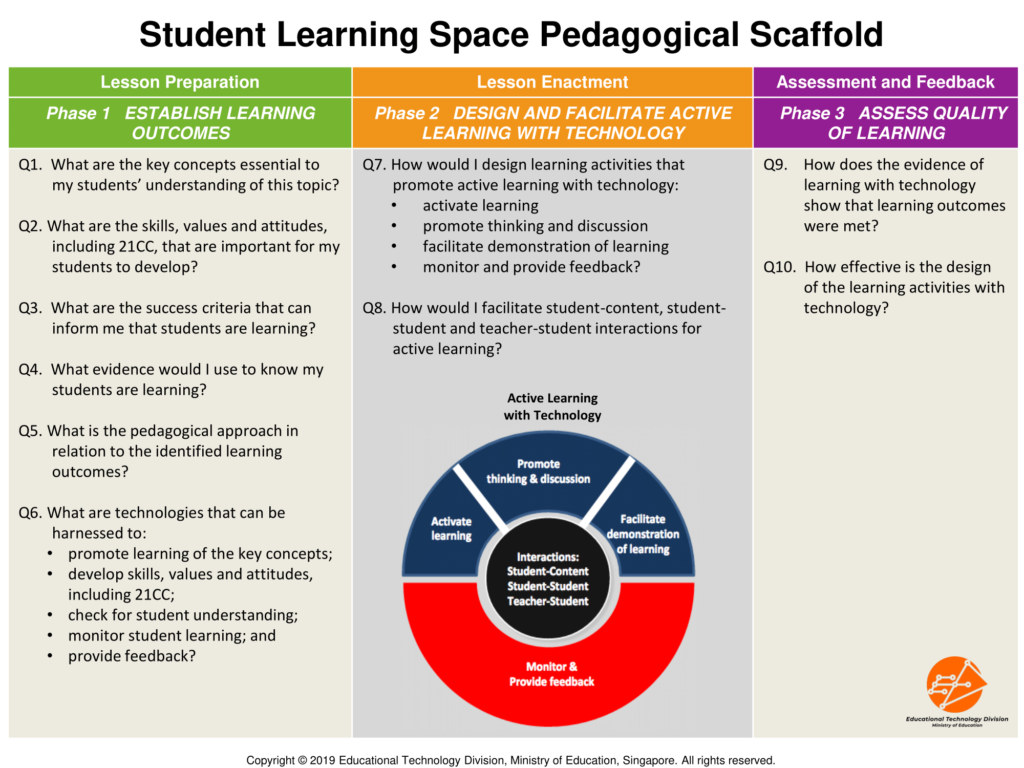I just took the elevator in my apartment building with the PhyPhox mobile app and recorded the acceleration in the z-direction as the lift went down and up. This was done in the middle of the night to reduce the chances of my neighbours getting into the elevator along the way and disrupting this experiment, and more importantly, thinking I was crazy. The YouTube video below is the result of this impromptu experiment and I intend to use it in class tomorrow.
I used to do this experiment with a weighing scale, and a datalogger, but with smartphone apps being able to demonstrate the same phenomenon, it was worth a try.
To complement the activity, I will be using this simulation as well. Best viewed in original format: https://ejss.s3.ap-southeast-1.amazonaws.com/elevator_Simulation.xhtml, this simulation done in 2016 was used to connect the changes in acceleration and velocity to the changes in normal contact force as an elevator makes its way up or down a building.
